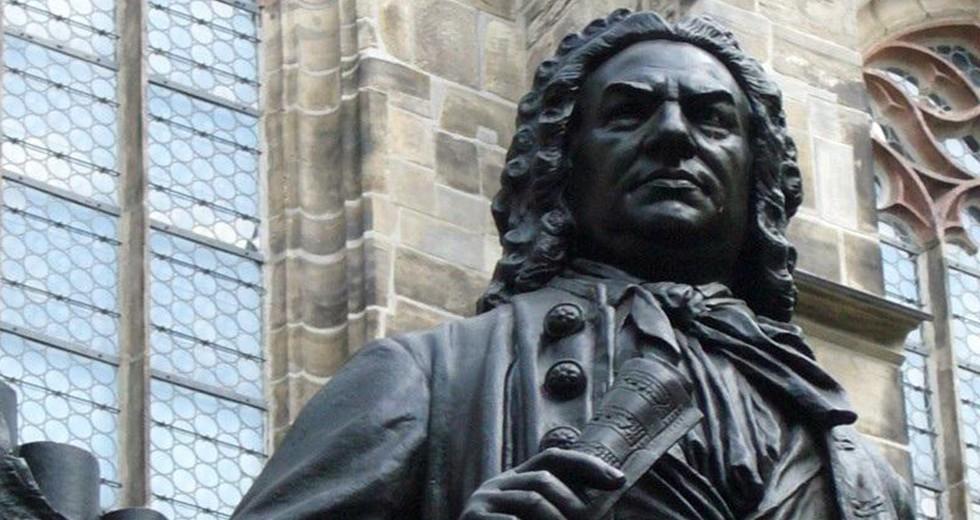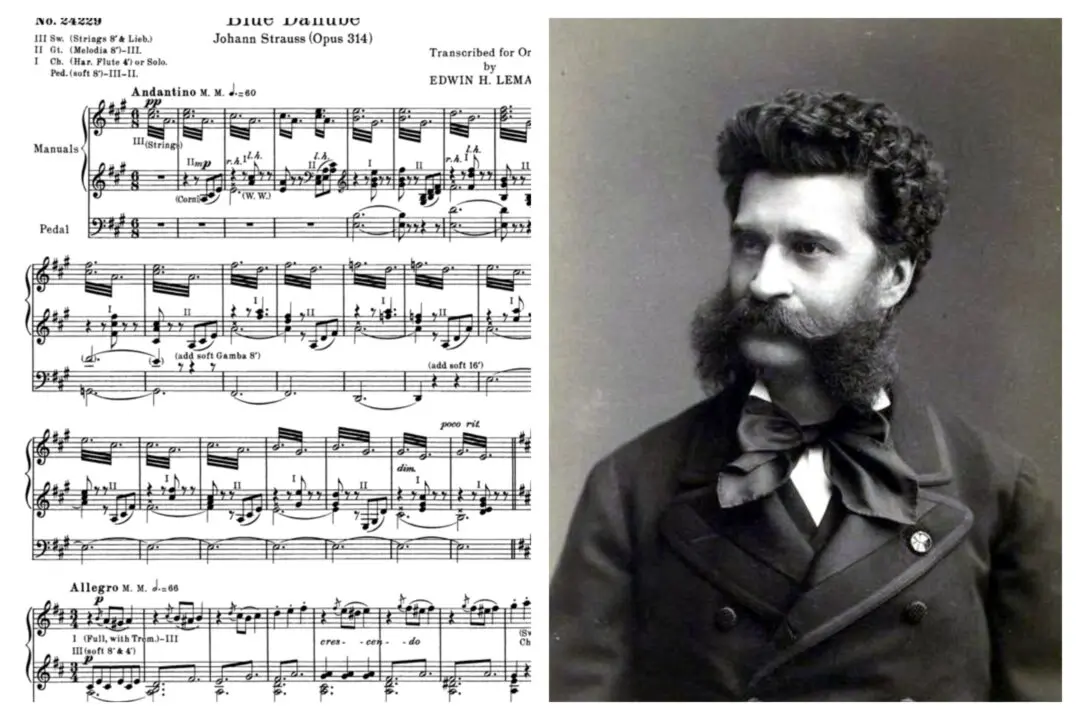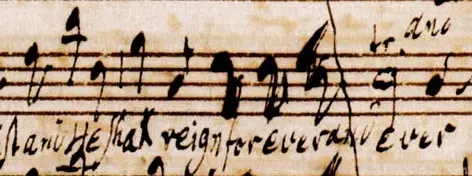The purpose of music composed for holy days is to remind us of the very meaning of those days. English speakers are blessed to have Handel’s “Messiah” as a magnificent reminder of Christmas. Though Handel wrote only a portion of his famous oratorio for Christmas (the “Hallelujah” chorus is meant for Good Friday, and much of the rest for Easter), it has come to represent the majesty of the season.
But a second work, in German, deserves attention as a reminder of Christmas’s span of twelve-plus-one days. “The Twelve Days of Christmas,” irritating song that it is, at least gets the number right: There really are a dozen days of Christmas, plus a 13th (about which more later) that links Christmastide to the “ordinary time” that follows. That work is J.S. Bach’s “Christmas Oratorio,” a cycle of six cantatas celebrating half a dozen different aspects of Christmastide.






